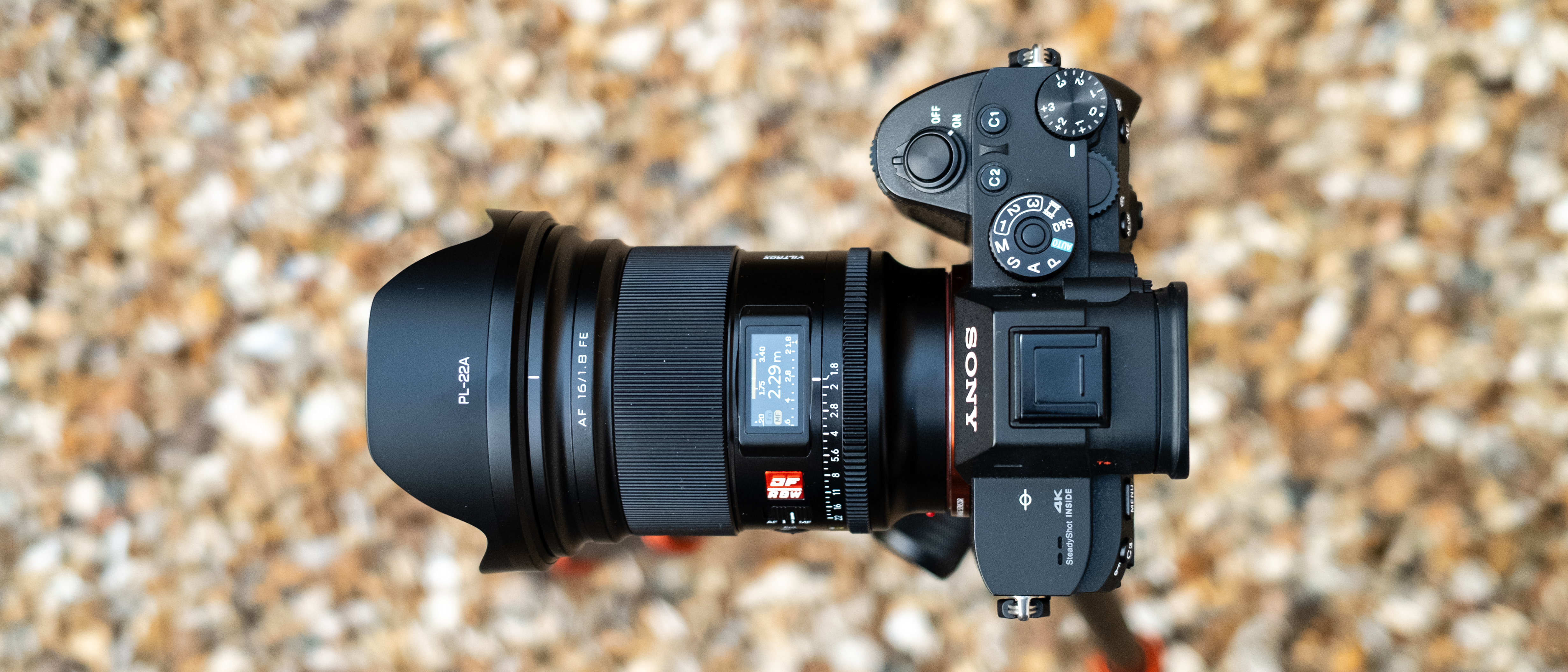TechRadar Verdict
A lens of the Viltrox AF 16mm f/1.8's quality for such an amazing price must be considered if you’re a landscape and/or astrophotographer – it's just a shame that it's currently only available for Sony FE (the model reviewed here) and Nikon Z mounts. Image quality is excellent, even at the corners and edges of the frame, while distortions are minimal. The build quality is excellent, and the lens also has a handful of useful features that are common with Viltrox lenses, but not in optics from other manufacturers, making them unique in several ways. The 16mm f/1.8 is also less expensive than, and far superior to, its Sony counterpart.
Pros
- +
Impressive build quality
- +
Fantastic image quality
- +
Incredible price
Cons
- -
Heavy for an f/1.8 prime
- -
Only average autofocus speed
- -
Only available for Sony FE and Nikon Z lens mounts
Why you can trust TechRadar
Viltrox AF 16mm f/1.8 FE: one-minute review
It’s not often that a lens grabs you by the scruff of the neck and demands attention, but that’s exactly what the Viltrox AF 16mm f/1.8 FE does. This unassuming lens, which doesn’t benefit from Viltrox’s Pro or LAB series labels, is one of the most impressive lenses I’ve used in a long time. It’s not the best, it’s not the most expensive, but it is unbelievably impressive for several reasons.
That’s a bold statement if ever I’ve made one; but this lens, which is perfect for landscapes and astrophotography, is incredibly well-priced, produces excellent image quality, and offers professional-level build quality and features. How Viltrox has managed to pull off creating a lens of this quality at this price point is beyond me.
The Viltrox AF 16mm f/1.8 FE costs just $464 / £533 / AU$899, which is an incredible price for such a well-built, weather-sealed lens offering professional performance and excellent image quality. Sony's own Sony FE 16mm f/1.8 G is a direct competitor, and it costs a whopping $848 / £849 / AU$1,799, so the Viltrox undoubtedly offers excellent value for money – and the Viltrox is a far superior lens in almost every way, despite being larger and heavier than the Sony.
What’s more, the Sony version relies heavily on lens corrections, while the Viltrox is optically excellent without the need for corrections. I appreciate that many modern lenses rely on lens corrections to achieve their excellent image quality (and compact size), but you simply cannot beat near-perfect images in terms of sharpness, distortion, and aberrations straight out of camera.
The Viltrox AF 16mm f/1.8 is one of the best Sony lenses designed for full-frame cameras, plus it is also available for Nikon Z mount. There's no word on future versions yet, such as for L-mount.
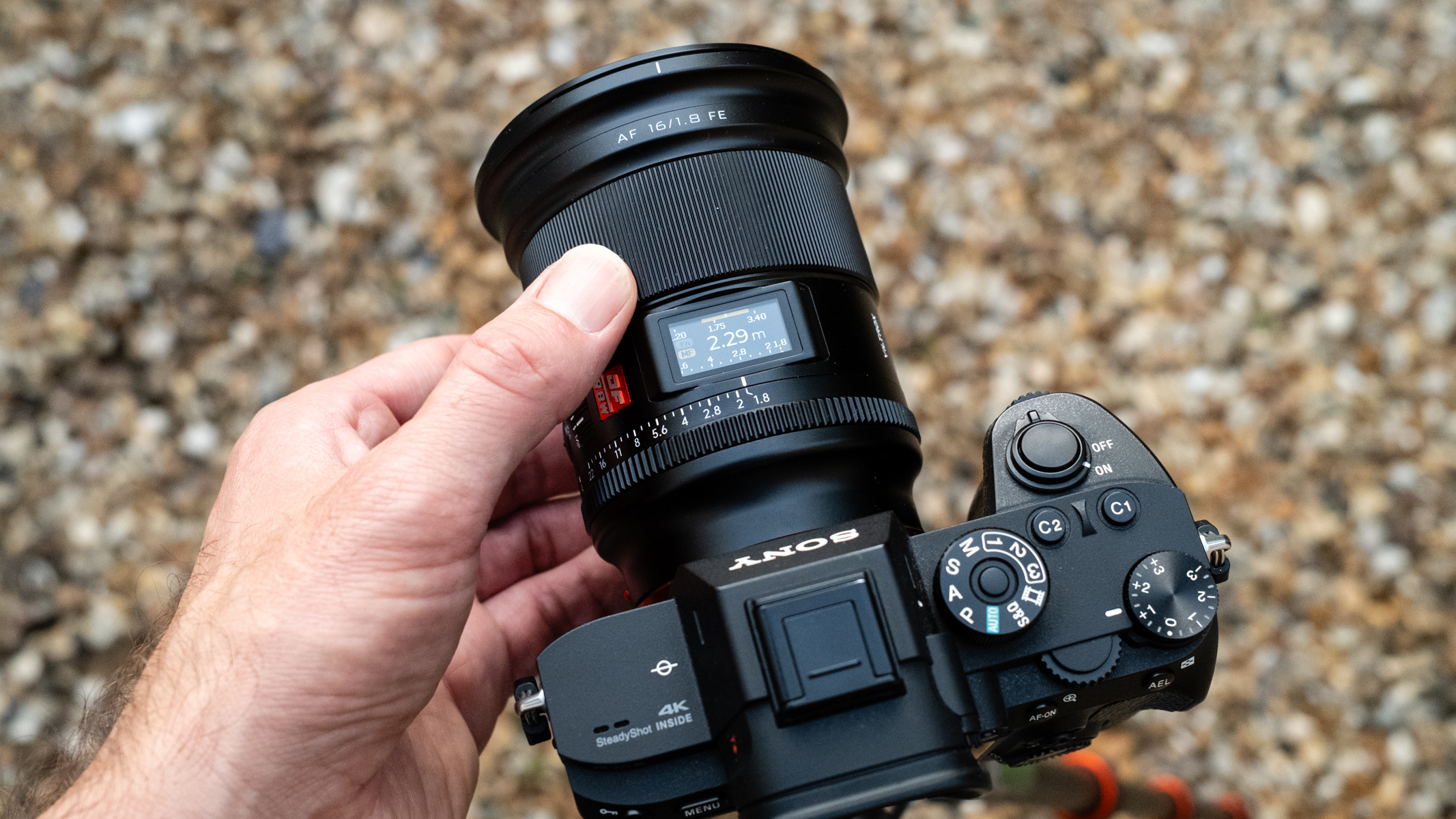
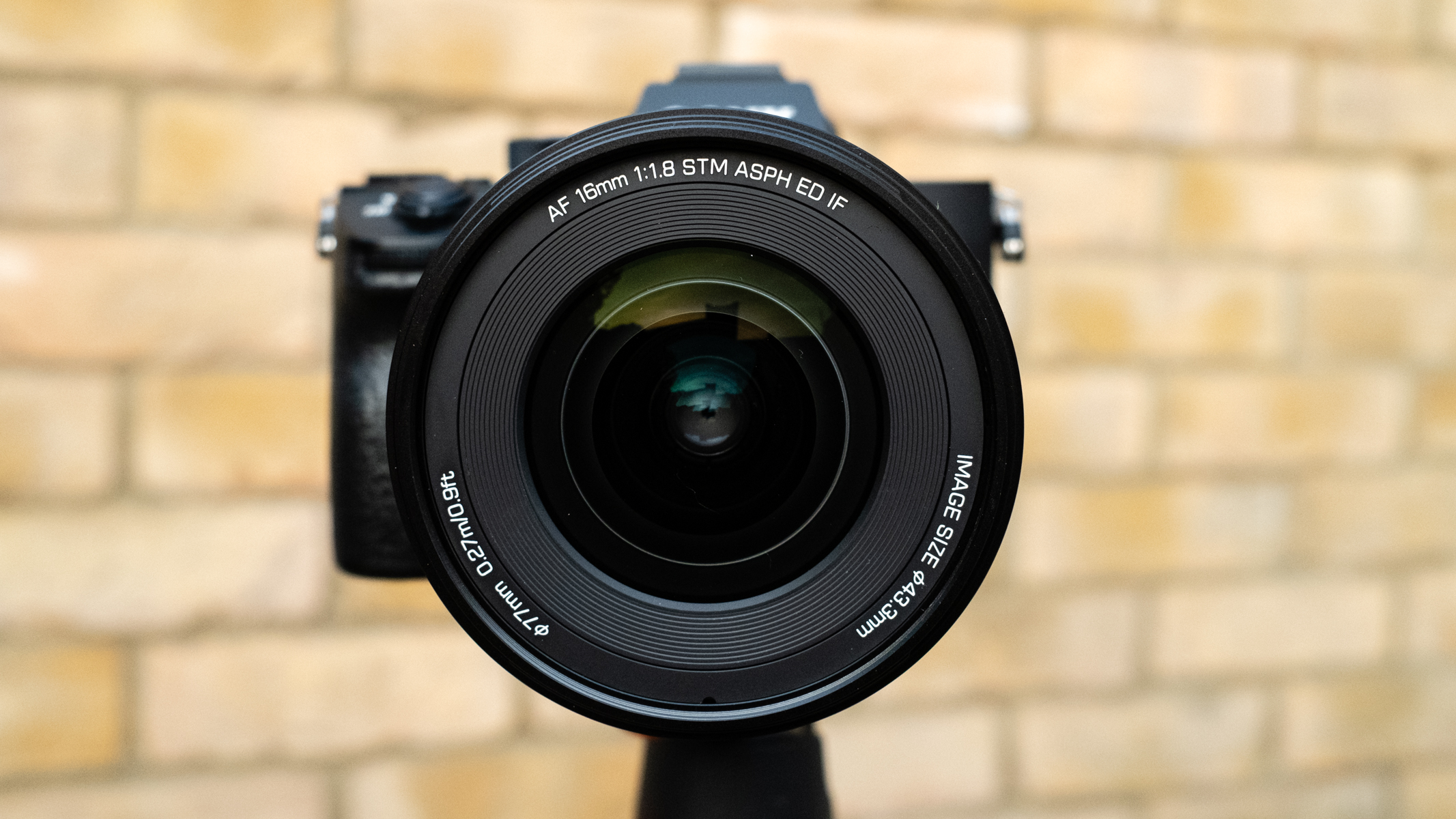
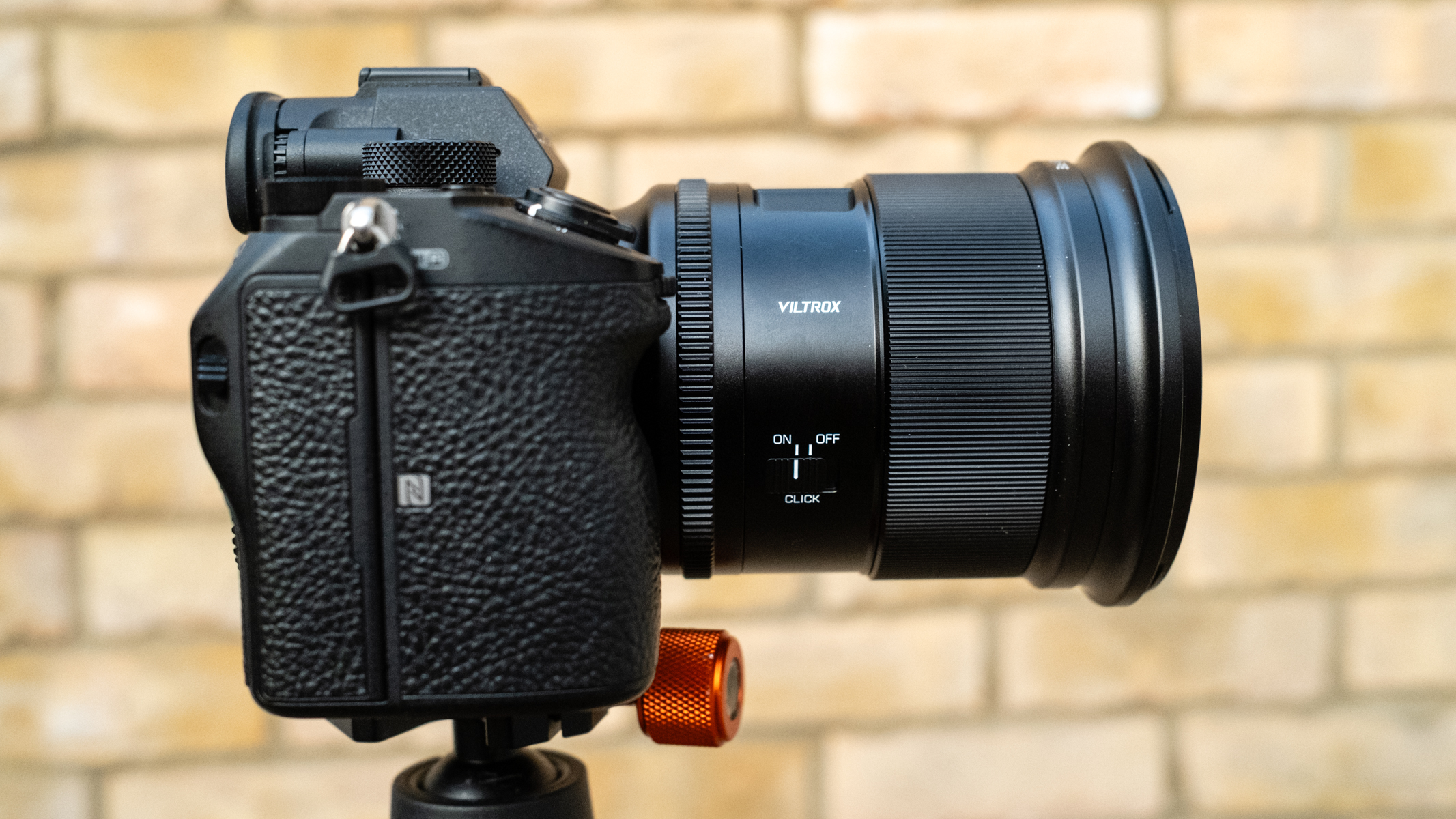
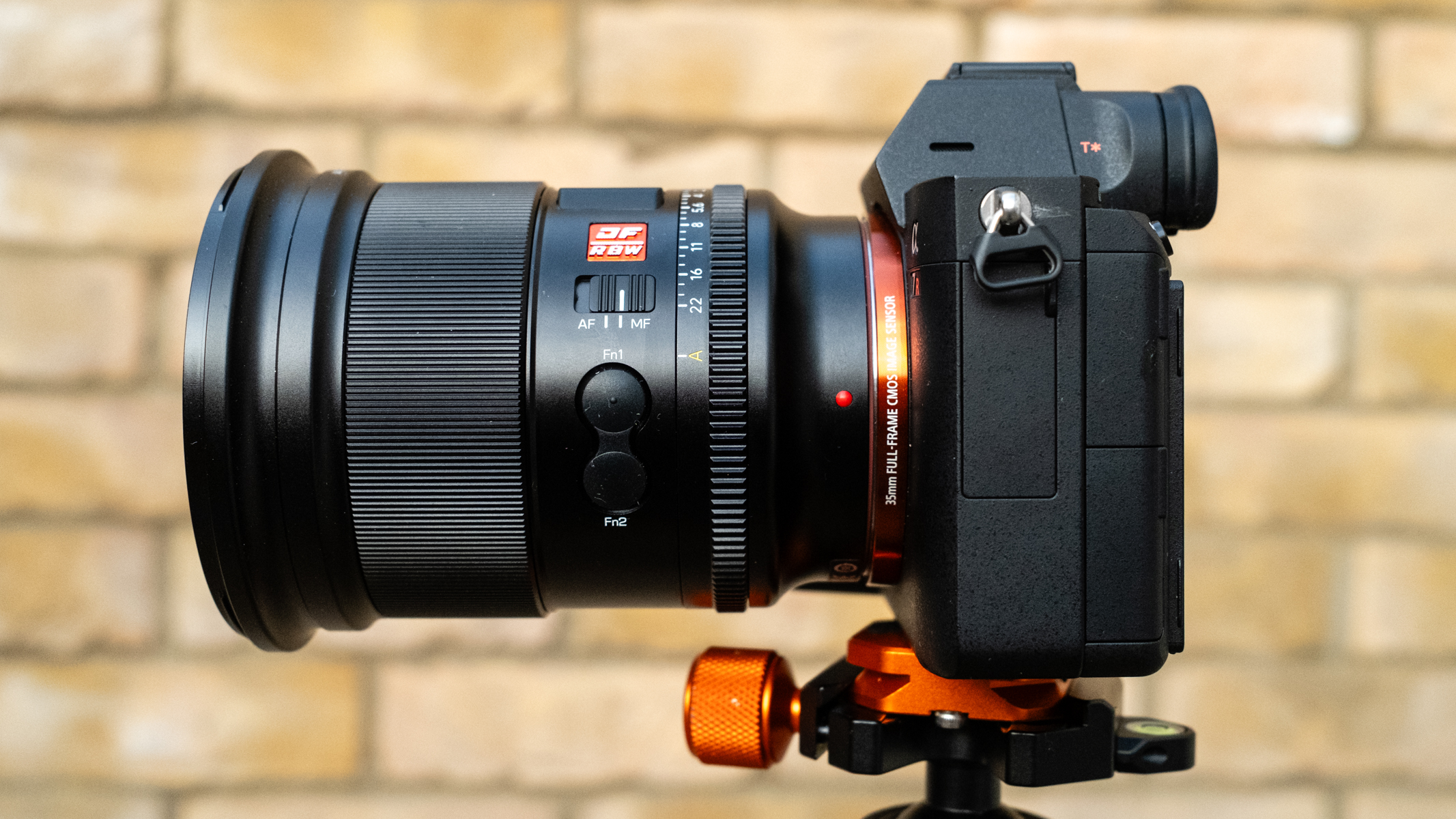
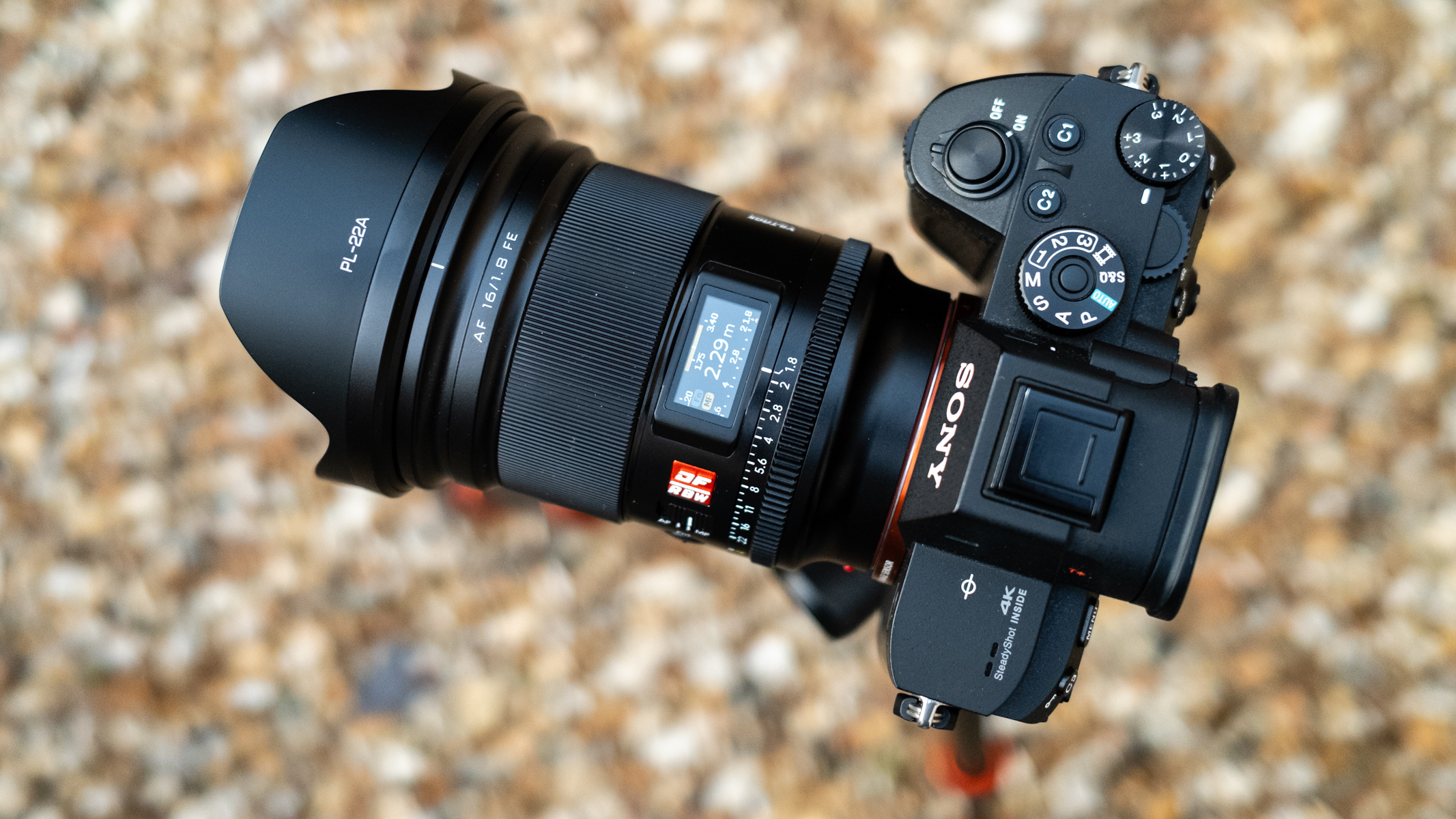
Viltrox AF 16mm f/1.8 FE specs
Type: | Wide-angle prime |
Mount: | Sony E / Nikon Z |
Sensor: | Full-frame |
Focal length: | 16mm |
Max aperture: | f/1.8 |
Minimum focus: | 10.6 inches / 27cm |
Filter size: | 77mm |
Dimensions: | 3.35 x4.06 inches / 85.2 x 103mm |
Weight: | 19.4oz / 550g |
Viltrox AF 16mm f/1.8 FE: Design
- Compact yet heavy design
- Weather sealed
- Excellent handling
We’ve already covered the price of this lens, and you’d normally expect build quality to take a hit at such a competitive price point, but that's certainly not the case here. The 16mm f/1.8 features an all-metal body and weather-sealing, giving it an undeniably premium look and feel. This is emphasized further by the color digital screen that displays lens information – more about that later.
The 16mm f/1.8 is quite a hefty beast in terms of weight due to its construction at 19.4oz / 550g, but it’s fairly compact at 3.35 x 4.06 inches / 85.2 x 103mm, and balances well with Sony full-frame and APS-C mirrorless cameras.
Sign up for breaking news, reviews, opinion, top tech deals, and more.
This is in contrast to the Sony FE 16mm f/1.8 G, which is much smaller and lighter at 2.91 x 2.95 inches / 73.8 x 75mm with a weight of 10.7oz / 304g, but it’s an optically inferior lens alongside being much more expensive.
That construction comprises 15 elements in 12 groups, including four ED glass and three aspherical lenses. The optical design aims to deliver sharpness, detail and high contrast while minimizing distortion, and it achieves this as we’ll discuss in the performance section.
The front element is standard in its design rather than bulbous, which is great, and it features an HD Nano multilayer coating including water-resistant antifouling coatings.
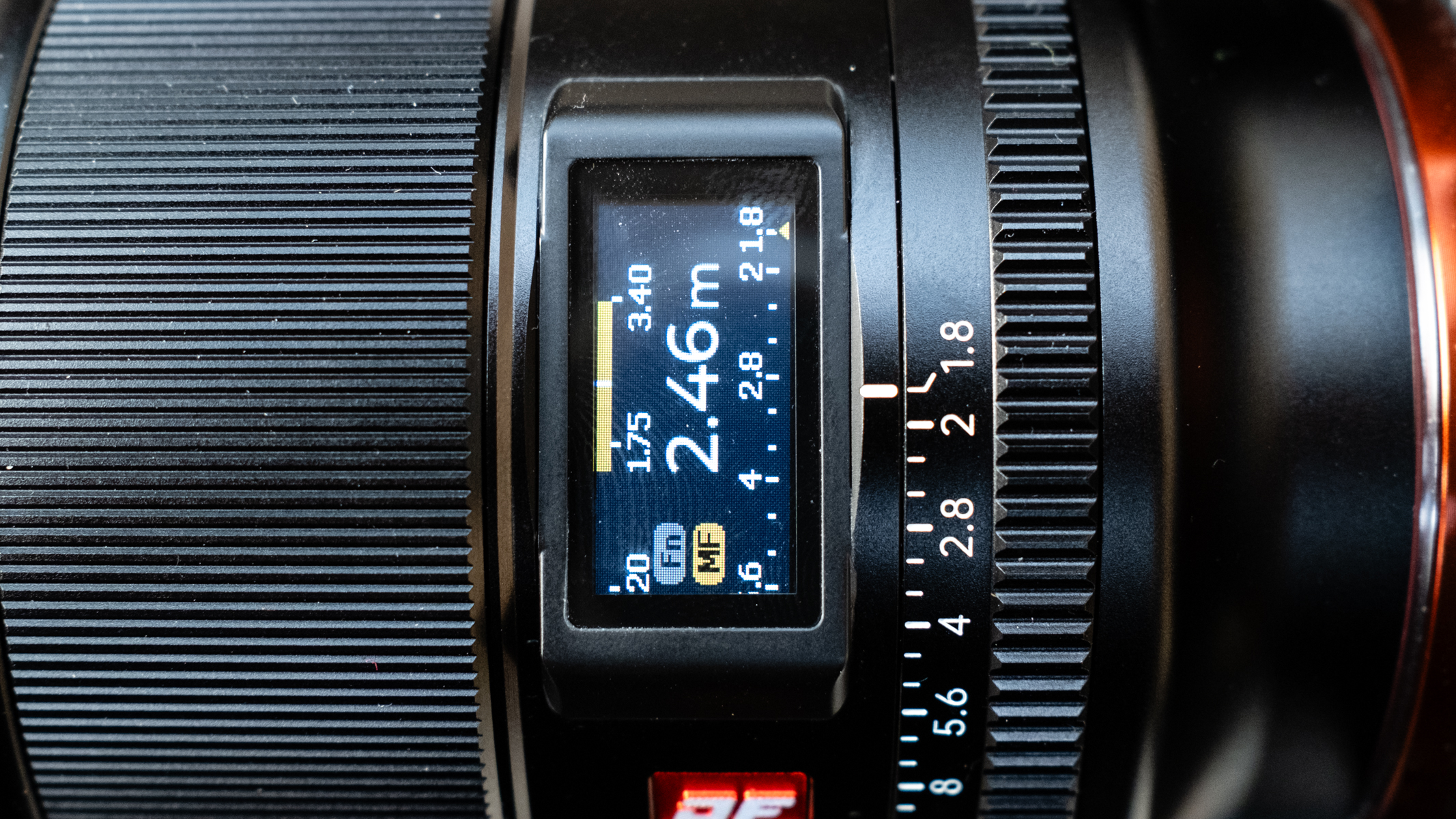
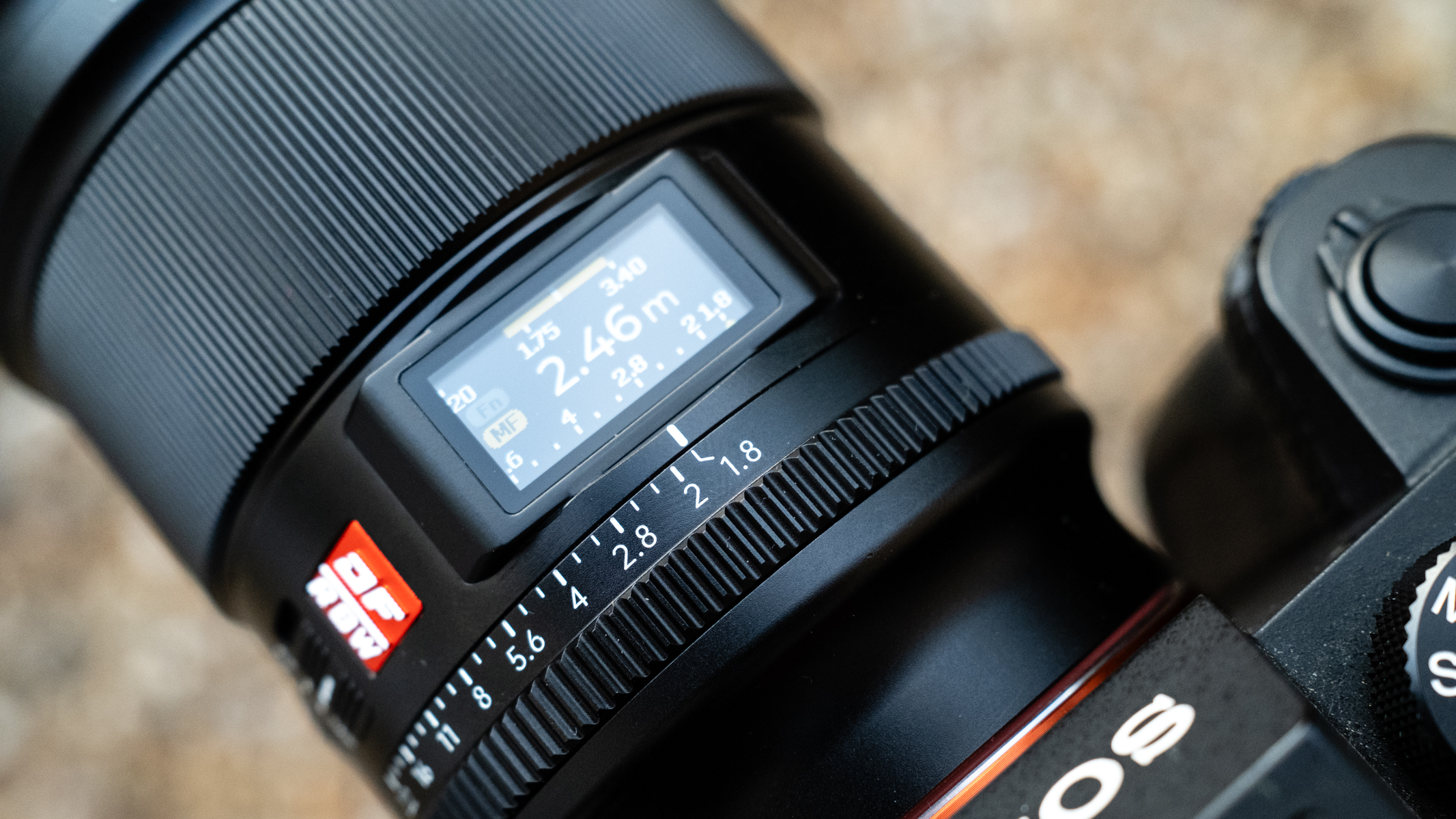
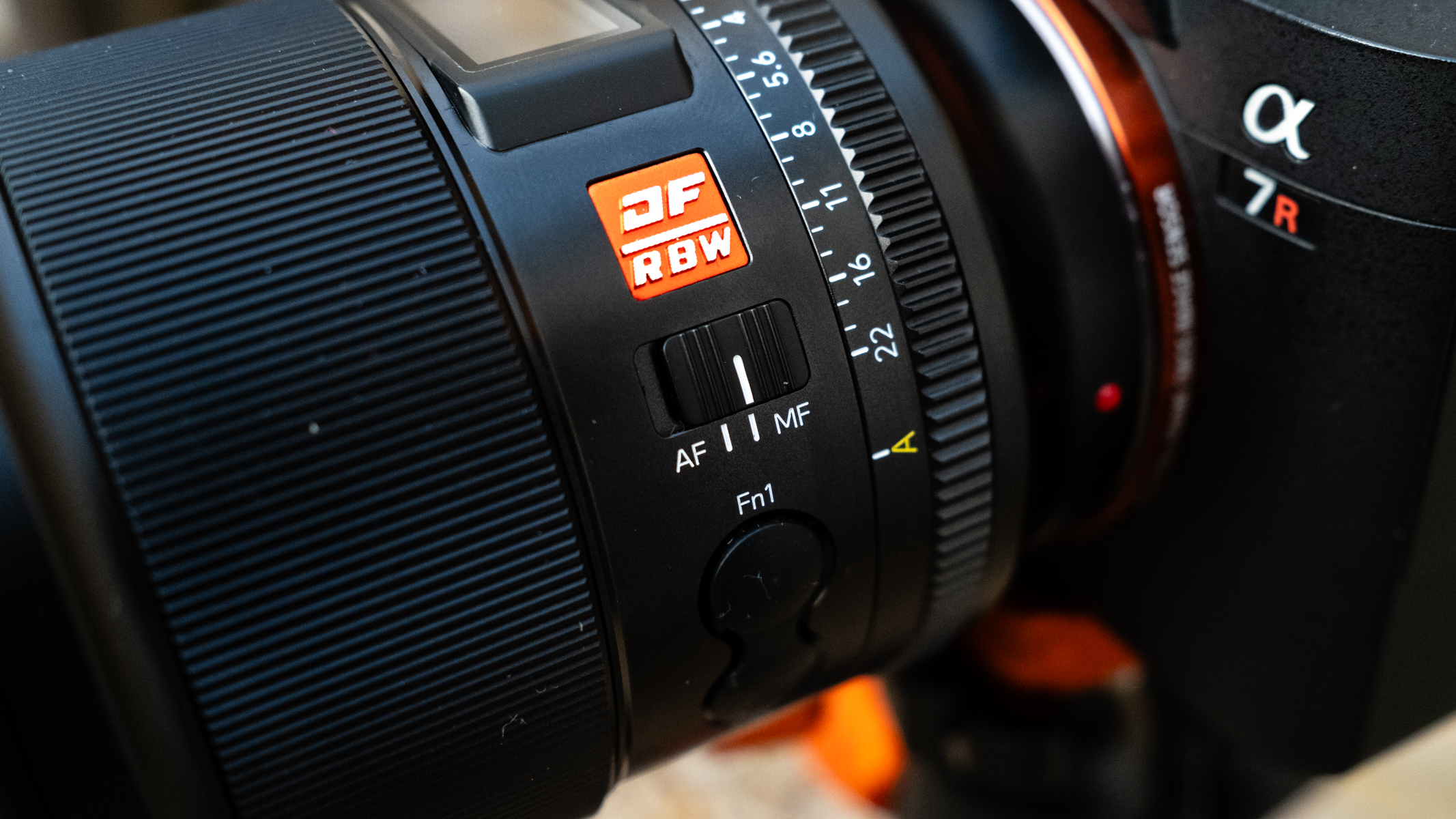
The filter thread is 77mm, which is average for wide-angle lenses, which typically range from 67mm to 82mm. This means you can use both circular and square filters for astrophotography and landscape photography.
The minimum focusing distance of the lens is 10.6 inches / 27cm, which is great for landscape photographers who want to use focus stacking to achieve pin-sharp images from front to back.
In terms of controls, you get a nice wide manual-focusing ring, a manual aperture ring that can be set to stepped or stepless operation via the switch on one side of the lens, two customizable Fn buttons and an AF/MF switch.
There’s also a USB-C port on the lens mount so that you can connect it to the Viltrox Lens app via Bluetooth to update firmware, customize the Fn buttons, and customize the digital screen’s welcome screen.
Viltrox AF 16mm f/1.8 FE: Performance
- Fantastic image quality
- Impressive sharpness at f/1.8
- Excellent corner sharpness
This is a fast and wide prime, which means it has excellent light-gathering capabilities for astrophotography. The combination of such a wide field of view and a fast f/1.8 aperture draw in huge amounts of light.
Of course, f/1.4 would be better, but that would require the lens to be much larger and heavier. The focal length is also great for landscapes, which can benefit greatly from the image quality the 16mm f/1.8 is capable of producing.
The image quality produced by this lens is fantastic, with excellent sharpness across the frame, even in the corners, wide open at f/1.8. This aperture produces the most vignetting as you’d expect; this almost disappears as you stop down to f/2.8 and is completely gone at f/4.
There is an Adobe Lightroom Lens Profile that can deal with this and the tiny, pretty much negligible amount of barrel distortion that’s present. There’s also only minimal chromatic aberration, so this is an optically impressive lens.
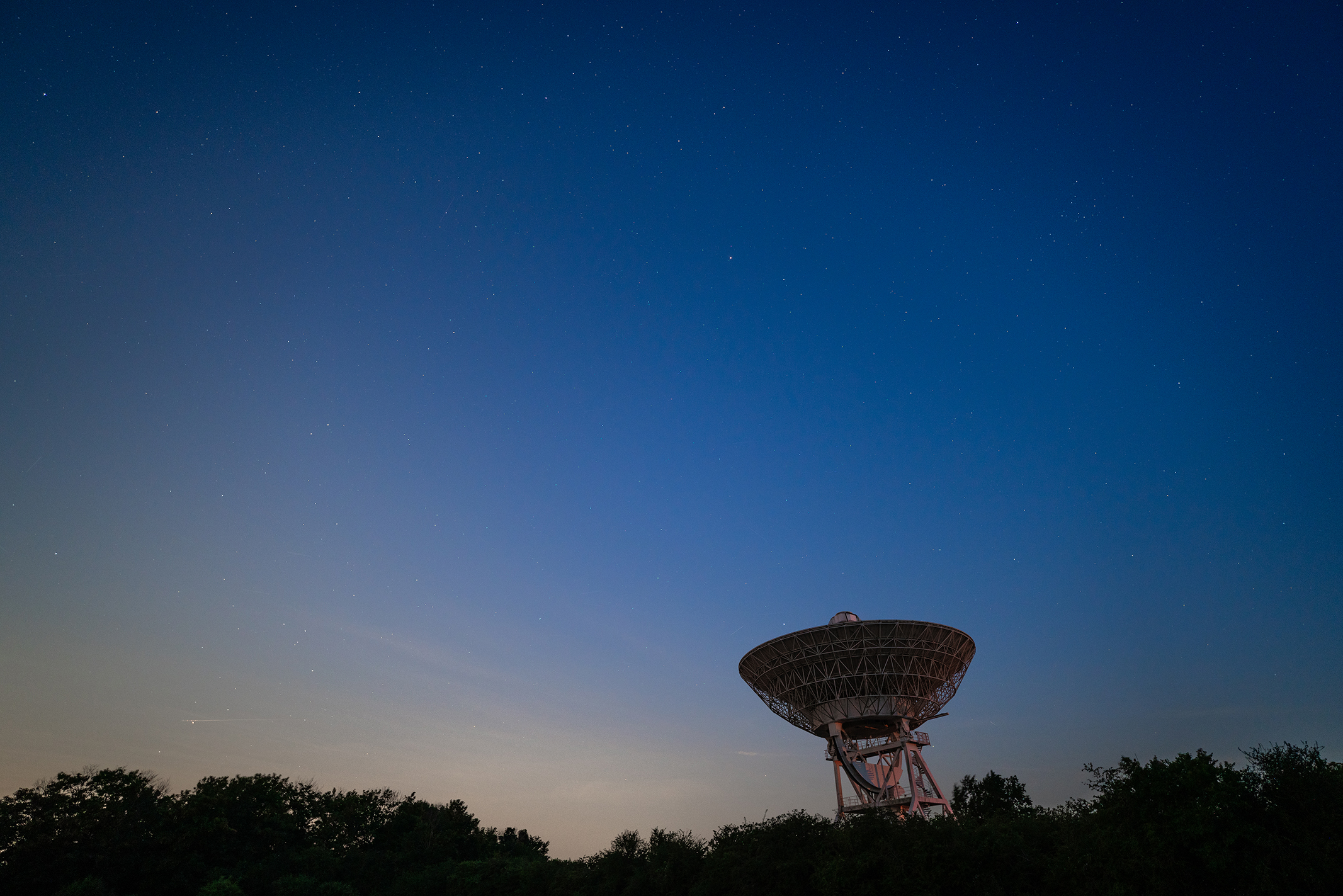
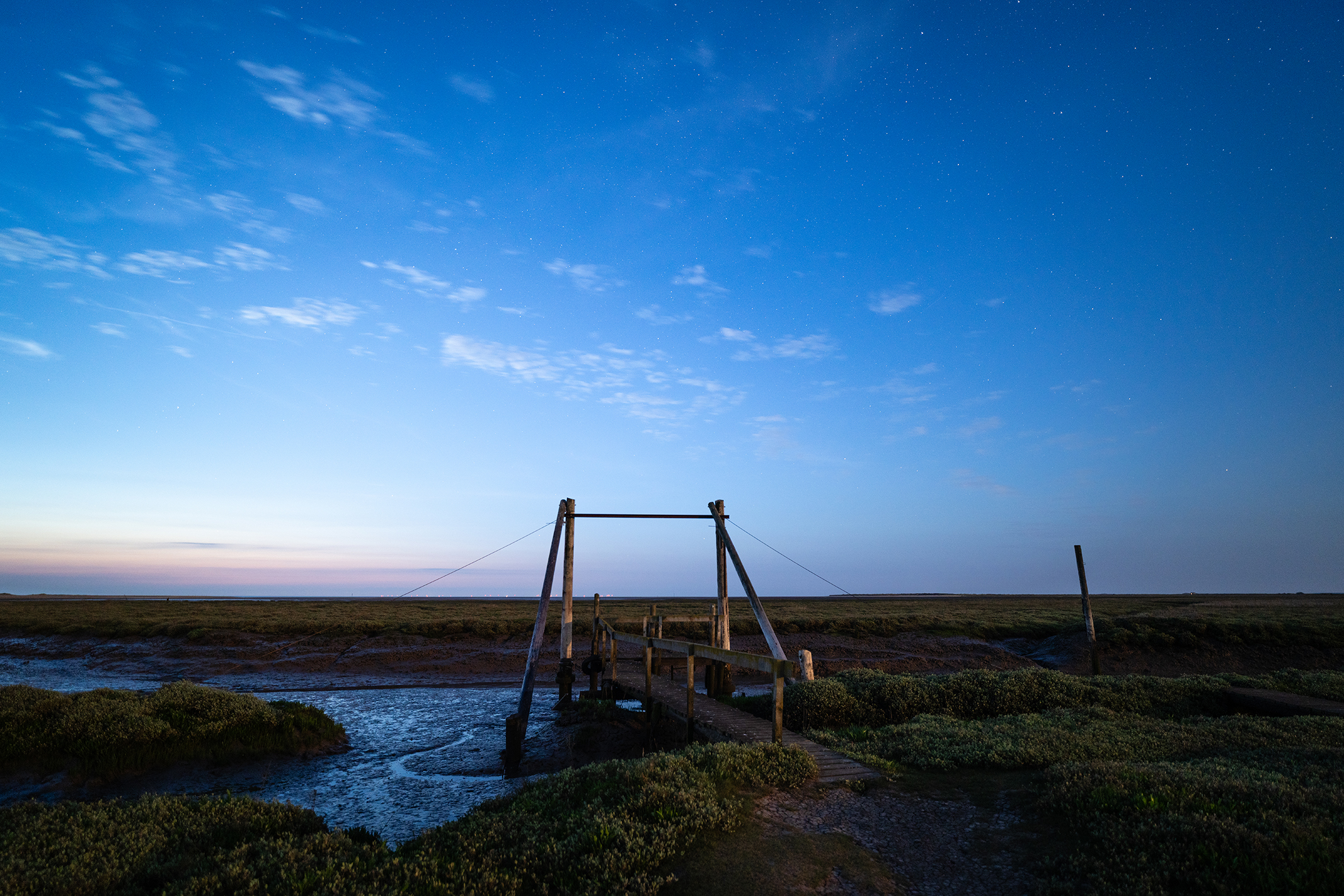
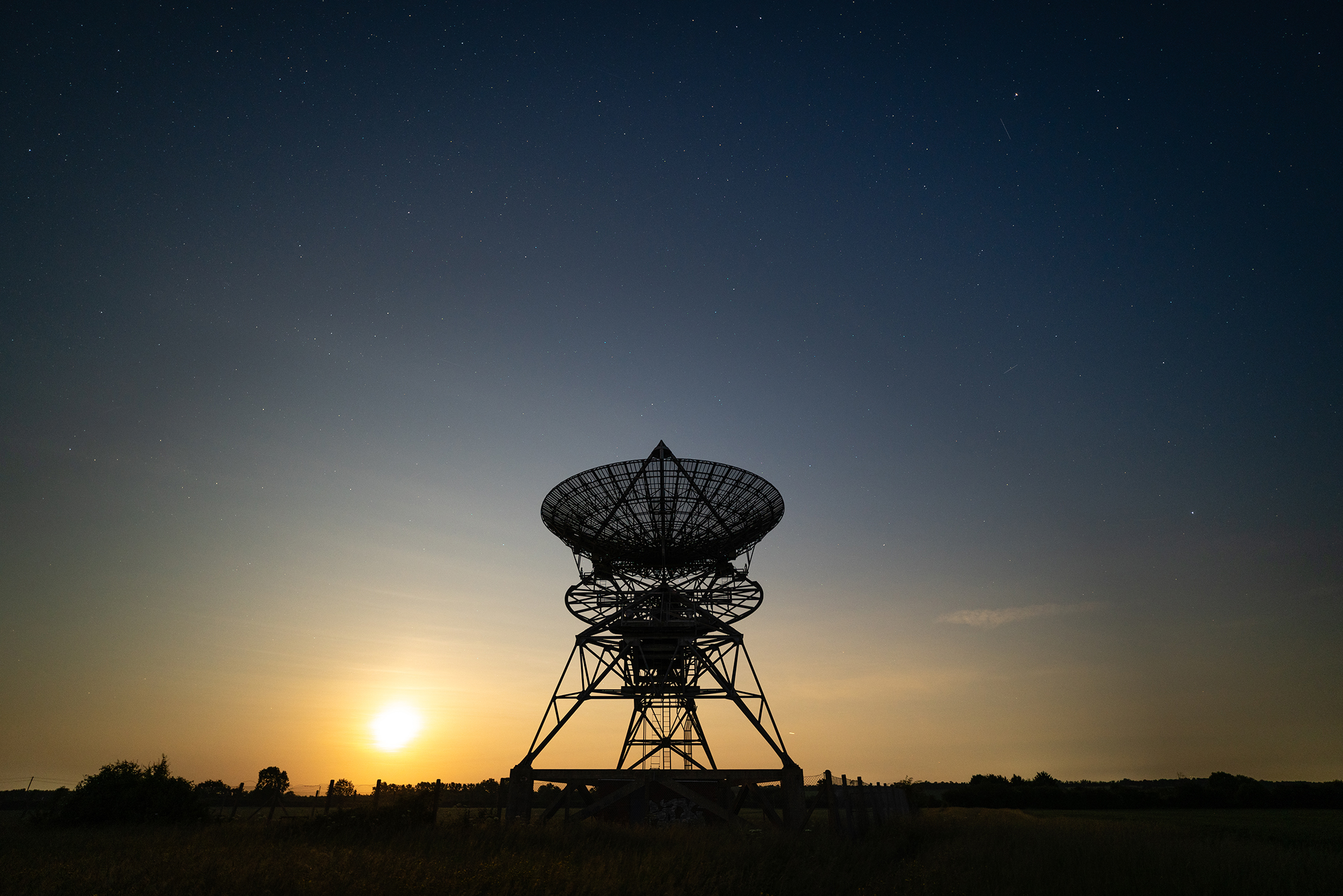
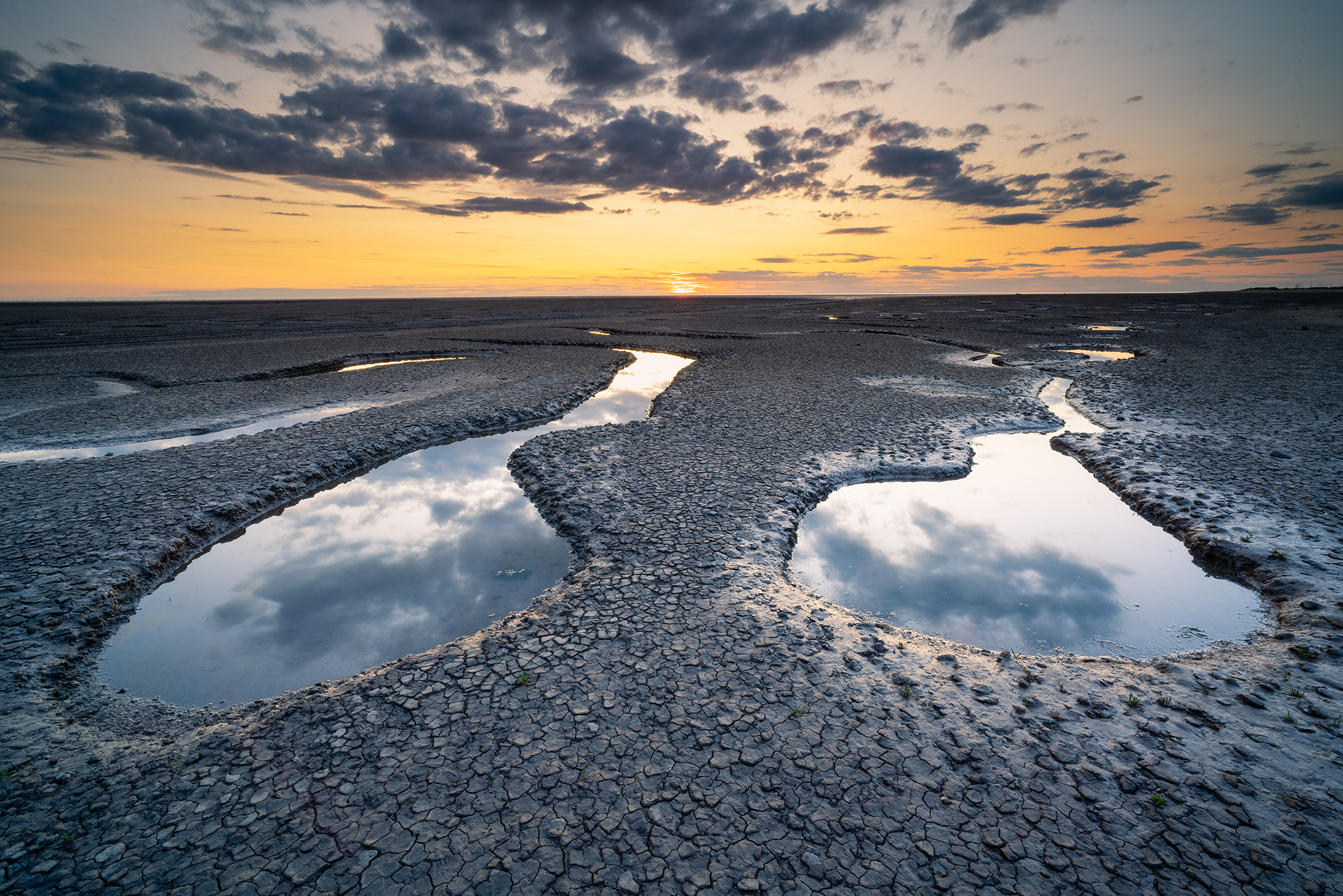
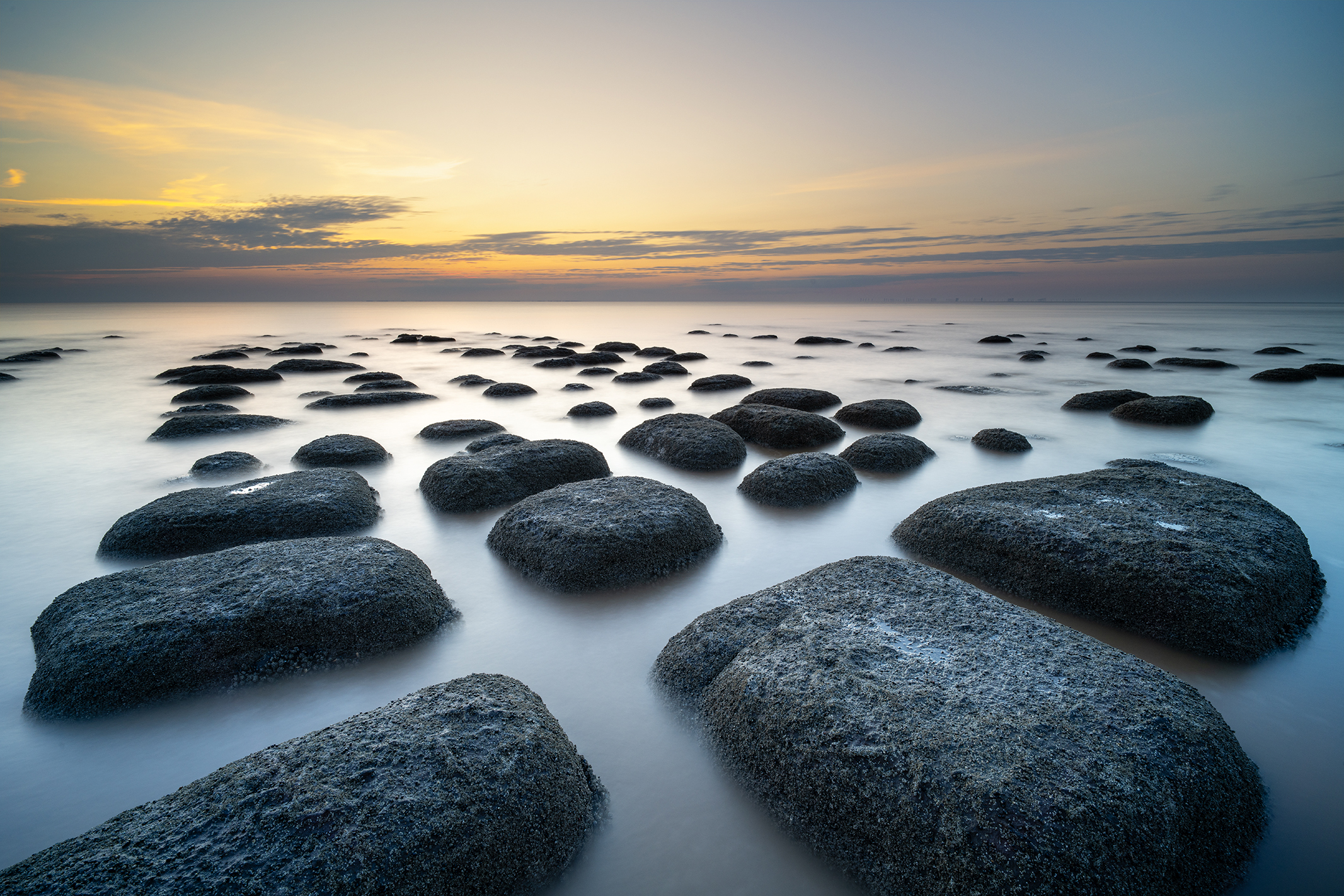
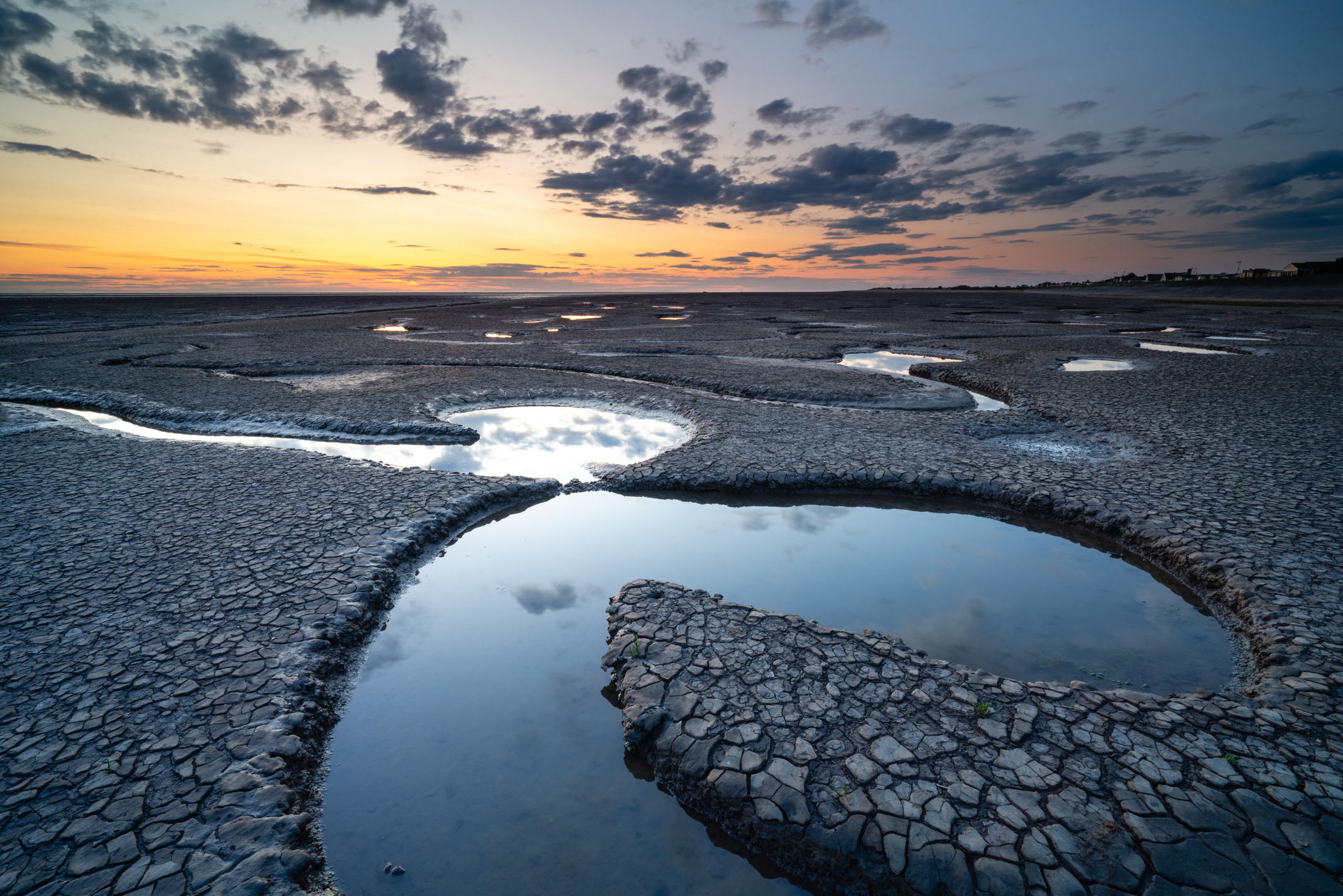
Sharpness is great wide open and increases incrementally up to the sweet spot of the lens, which is f/8. Sharpness drops slightly at f/11, and at f/16 you begin to see diffraction coming into play, and while f/16 is perfectly usable for landscape photography, diffraction is too high at f/22, so this setting is best avoided.
The color digital screen is a feature we’re seeing more on Viltrox lenses, and it’s a unique and pretty neat feature. It simply shows the focus distance, aperture setting and the active Fn control, and I find it most useful when I’ve manually focused on a point and need to replicate that focus distance quickly.
Autofocus isn’t the fastest. It takes the lens around 0.5 seconds to lock onto subjects when stopped down, and about 0.25 seconds wide open. This isn’t great, but since this is a lens that you wouldn’t typically use for action subjects, it’s not a huge issue.
Autofocus is driven by an SMT stepping motor, which is quiet but just about audible. AF is absolutely fine for landscape photography, while astrophotographers will exclusively use manual focus for precise focusing on stars.
Should you buy the Viltrox AF 16mm f/1.8 FE?
Buy it if...
You’re on a budget
The professional-quality lens comes in at an enthusiast-level price, making it the perfect choice for anyone on a budget.
You shoot astrophotography
With an ultra-wide-angle field of view for capturing more of the night sky and a fast maximum aperture, this is a great lens for astrophotography.
You want excellent image quality
The image quality produced by the Viltrox AF 16mm f/1.8 FE is fantastic – arguably amazing considering the competitive price of the lens.
Don't buy it if...
You’d like a faster lens
While f/1.8 is perfectly adequate for astrophotography, there are wide-angle lenses available with faster maximum apertures.
You’d prefer more versatility
Primes are known to offer the best image quality and faster maximum apertures for astrophotography, but zoom lenses are more versatile due to their variable focal lengths.
You don’t shoot with Sony or Nikon cameras
This lens is only available in Sony E and Nikon Z mounts, so if you use any other camera system, there’s no option available for you.
How I tested the Viltrox AF 16mm f/1.8 FE
- I tested the lens over a couple of months
- I used it to capture landscapes and astrophotography
- I tested it with a Sony A7R V
I tested the Viltrox AF 16mm f/1.8 FE over several weeks attached to an unforgiving Sony A7R V, shooting landscapes and astrophotography. I took photos at a range of aperture settings to test sharpness, distortion and aberrations.
I shot most images simply to see how the lens performed in different situations, while others were shot specifically to be able to compare the results to those from other lenses.
With 30 years of photographic experience and 17 years working as a photography journalist, I’ve used many of the cameras and lenses that have been released in that time. As a working photographer, I aim to test cameras and lenses from a photographer’s point of view.
- First reviewed July 2025

James Abbott is a professional photographer and freelance photography journalist. He contributes articles about photography, cameras and drones to a wide range of magazines and websites where he applies a wealth of experience to testing the latest photographic tech. James is also the author of ‘The Digital Darkroom: The Definitive Guide to Photo Editing’.
You must confirm your public display name before commenting
Please logout and then login again, you will then be prompted to enter your display name.
